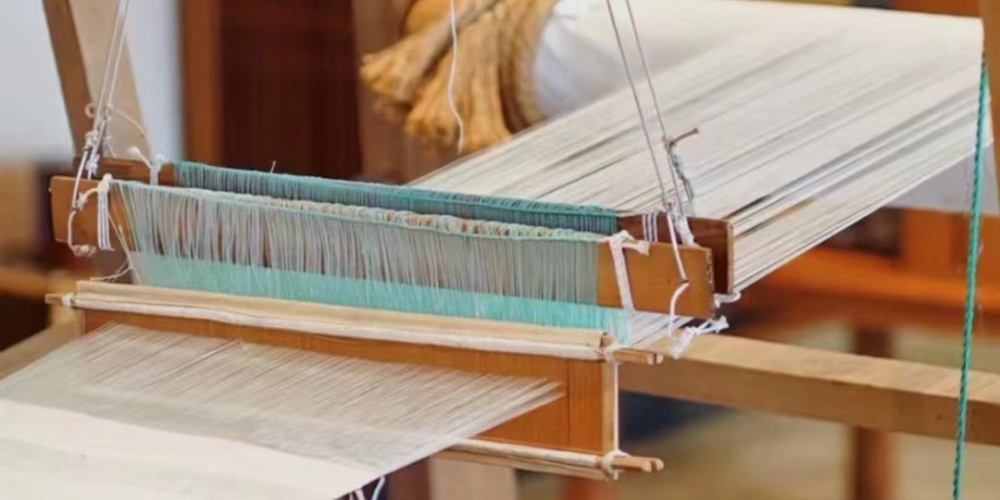Color Difference: Causes & Solutions for Designers
Author: Sophie Chen
Date: 14 Nov 2024
In the previous article, we discussed the challenges of fabric pattern design from concept to production. Those interested in learning more about pattern design can click this link to view ithttps://blog.docsunhomeandliving.com/the-vast-gap-between-design-concepts-and-production-results-exploring-the-challenges-and-adaptability-in-fabric-pattern-design/. Now, let’s focus on analyzing the solutions designers use when color differences occur, a common issue encountered during the custom product process. Let’s dive in and explore.
As silk scarves become a popular fashion accessory, the adaptability of their design and production process has garnered increasing attention, especially with the rise in demand for personalized designs. From luxury brands like Hermes pushing for innovative scarf designs to modern designers exploring personalized customization, pattern design not only reflects brand culture but also carries the aesthetic value of the products.
In this article, we explore the “obsessive designer’s nightmare”—how color difference (color variation) occurs and how to address it. To learn more about potential issues from design to production, please refer to The Vast Gap Between Design Concept and Production Results: Exploring the Challenges and Adaptability in Fabric Pattern Design.
1.. Color Difference is a Common Issue
The expression of color is affected by a variety of factors, including the environment, dyes, and production batches, meaning that the colors of the designed pattern may not always match the colors of the final silk scarf produced.
I once received two samples of identical black pillowcases—one appeared in black with a hint of blue, and the other black with a hint of red. The reason was that the manufacturer used different batches of black fabric, and the dyes from those batches exhibited slight color differences. This is a common issue. Even with the same fabric batch, uneven dye movement, as well as differences in tension during the fabric’s movement through production, can result in color discrepancies between the center and edges of the fabric. Color difference is one of the most frequent quality issues in silk scarf production, and it has led designers to repeatedly adjust their designs.
2. The Causes of Color Differences Span the Entire Design-to-Production Process
1) Inconsistent Color Management Between Design and Production Departments
Lack of standardized color management systems between departments often leads to arbitrary color choices that do not adhere to a consistent color standard. Even when Pantone is used as the standard, variations in different Pantone versions can still cause discrepancies. For example, Pantone color numbers with different sequences may result in different colors being received by the design and production teams.

2)RGB and CMYK-Induced Color Differences
Designers often use the RGB color mode in Photoshop for choosing colors, while industrial printing uses the CMYK color model. These two modes differ in saturation, brightness and hue, causing variations when the design is transferred to production.

3)File Saving, Compression, and Format Conversion
The process of saving, compressing, or converting design files can result in loss of data, which can alter the colors.

4)Device-Induced Color Differences
Different monitors can display colors differently, and as the designs move from the screen to the printing machine, inherent differences between devices can cause color mismatches. A careful approach requires calibrating all equipment—from monitors to printers—so that their colors align. If this calibration is not done regularly, devices will gradually drift over time, accumulating noticeable color differences.

5)The Role of the Screen-Printing Colorist’s Eyes and Preferences
For high-end scarves with rich, vibrant colors, screen printing is still used instead of digital printing. This relies on colorists manually mixing the inks. Luxury scarves usually require a high-end printer to produce a color-accurate sample, which is then used by the colorist to adjust the production inks.

6)Production Process-Induced Color Differences
While earlier stages (design and pre-production) can introduce discrepancies, the actual production process can also bring further issues. Differences in dye batch quality, dyeing techniques, fabric material absorption rates, post-dyeing washing, shaping, and drying treatments can all contribute to color differences.

Color differences not only affect the appearance of the product but can also cause consumer dissatisfaction. This is especially problematic in mass production, where batch-to-batch differences may result in the same design appearing in slightly different tones, affecting the brand’s image. Designers need to ensure color standardization and consistency to avoid negative impacts on product quality. Manufacturers can reduce color differences by strictly controlling factors such as temperature, humidity, and dye concentration during production.

Solution
To address these issues, you need to find a reliable manufacturer and designer. Typically, those who can effectively control color differences are experienced professionals with a deep understanding of color, production processes, and machinery. You also need to clearly recognize and accept a certain level of color variation. This will help you avoid becoming overly fixated on achieving perfect color accuracy, making the process much smoother.
If you would like to learn more about fabric, craftsmanship, manufaturing process,or need further cooperation, please email us via the email address vip@docsunhomeandliving.com, or click the image below to visit our official website. Also you can visit Docsun Silk for Daily outfit guidance.

